#american west history
Text

Californian artist Joe Mora's 1933 diagram of the evolution of the cowboy in California, starting with Mexican Haciendado, through the Mountain Men, Cheyenne Buffalo Hunter, the Vaquero, and the cowmen.
726 notes
·
View notes
Text
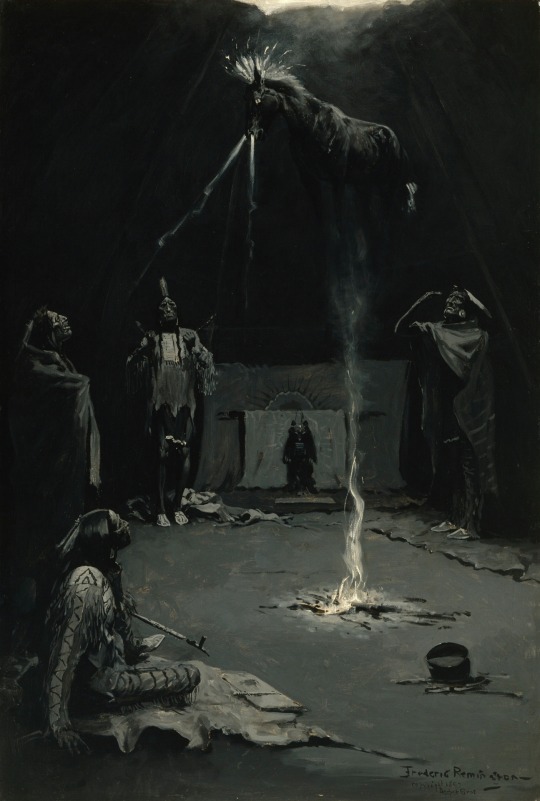
Indian Fire God (The Going of the Medicine-Horse), 1895-1899
Frederic Remington
#old west#Frederic Remington#american art#art#painting#art history#1890s#native american#dark#nocturne#Tonalism
236 notes
·
View notes
Text
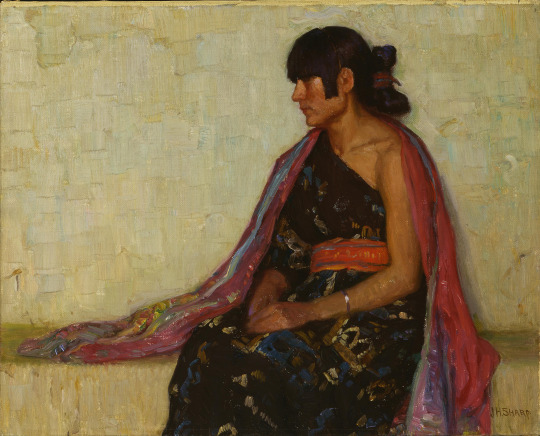
Crucita - Old Hopi Dress, Joseph Henry Sharp, ca. 1920
#art#art history#Joseph Henry Sharp#portrait#portrait painting#Native Americans in art#Hopi#Hopi tribe#New Mexico#Taos Society of Artists#American art#20th century art#oil on canvas#Buffalo Bill Center of the West
186 notes
·
View notes
Text
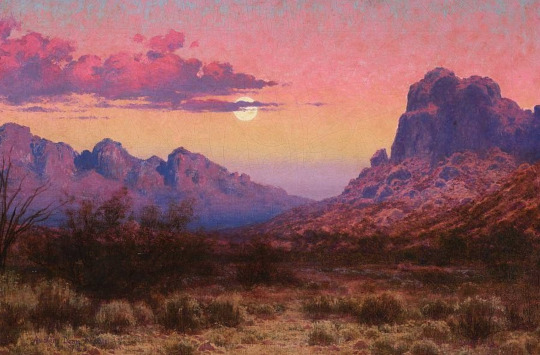
Desert at Dusk (1928) by Audley Dean Nicols
#art#traditional art#painting#oil painting#oil on canvas#1920s art#1920s#1928#history#art history#Audley Dean Nicols#20th century#20th century art#american art#american history#landscape#wild west#western art#desert#cowboy aesthetic#cowboy
238 notes
·
View notes
Note
Could I get a masc coyote and Wild West themed moodboard (no paci) pls?
Absolutely!!




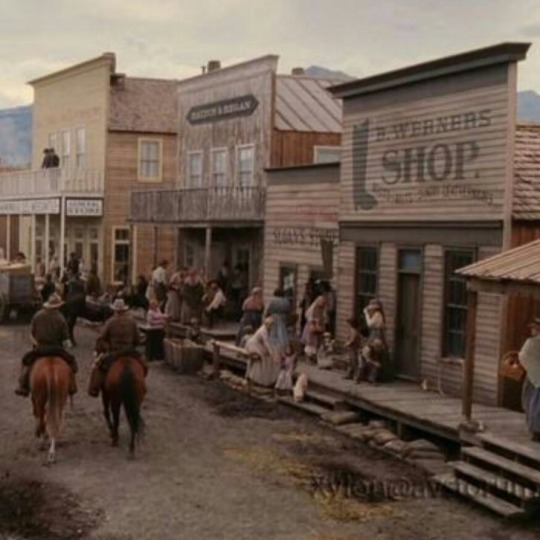





#coyotes#!!!!!#i grew up with coyotes#they're pretty cool#and#the wild west#!!#what a time in american history#i hope you like it#sfw interaction only#moodboard#sfw agere#age regression#agere#sfw littlespace#agere moodboard#age dreaming#wild west moodboard#coyote moodboard
164 notes
·
View notes
Text

Ed Mell
Vermillion Cliffs
2008
(edmellgallery.com)
#ed mell#american artist#american art#american west#western art#western artist#western landscape#desert landscape#american landscape#landscape#landscape art#contemporary art#art history#aesthetictumblr#tumblraesthetic#tumblrpic#tumblrpictures#tumblr art#aesthetic#beauty
105 notes
·
View notes
Text

"I am an old woman now. The buffaloes and black-tail deer are gone, and our Indian ways are almost gone. Sometimes I find it hard to believe that I ever lived them. My little son grew up in the white man's school. He can read books, and he owns cattle and has a farm. He is a leader among our Hidatsa people, helping teach them to follow the white man's road.
He is kind to me. We no longer live in an earth lodge, but in a house with chimneys, and my son's wife cooks by a stove. But for me, I cannot forget our old ways. Often in summer I rise at daybreak and steal out to the corn fields, and as I hoe the corn I sing to it, as we did when I was young. No one cares for our corn songs now.
Sometimes in the evening I sit, looking out on the big Missouri. The sun sets, and dusk steals over the water. In the shadows I see again to see our Indian village, with smoke curling upward from the earth lodges, and in the river's roar I hear the yells of the warriors, and the laughter of little children of old.
It is but an old woman's dream. Then I see but shadows and hear only the roar of the river, and tears come into my eyes. Our Indian life, I know, is gone forever."
—Waheenee (Hidatsa) (North Dakota)
Remembering the Old West :: [h/t Native American Pride]
[Scott Horton]
2K notes
·
View notes
Text

I normally wait until an audiobook is released so I can make a post but this one is too good to pass up. Might as well start hyping it up now. 🎉
Roger is going to narrate this audiobook, and I mean, no shit??? No one else is more fitting to narrate anything with the words Red Dead on the title. This book will be available in August of 2024 in paperback, hardcover, and of course, audiobook format.
Overview:
Red Dead Redemption and Red Dead Redemption II, set in 1911 and 1899, are the most-played American history video games since The Oregon Trail. Beloved by millions, they’ve been widely acclaimed for their realism and attention to detail. But how do they fare as recreations of history?
In this engaging book, award-winning American history professor Tore Olsson takes up that question and more. Weaving the games’ plot and characters into an exploration of American violence between 1870 and 1920, Olsson shows that it was more often disputes over capitalism and race, not just poker games and bank robberies, that fueled the bloodshed of these turbulent years. As such, this era has much to teach us today. From the West to the Deep South to Appalachia, Olsson reveals the gritty and brutal world that inspired the games, but sometimes lacks context and complexity on the digital screen. Colorful, fast-paced, and dramatic, Red Dead’s History sheds light on dark corners of the American past for gamers and history buffs alike.
Currently, Red Dead's History is available for PRE-ORDER from:
Apple Books ✰ Audible ✰ Audiobooks.com ✰ AudiobooksNow.com ✰ AudiobookStore.com ✰ Barnes & Noble ✰ Binge Books ✰ Chirp Books ✰ Everand ✰ Downpour ✰ Google Play ✰ Hoopla ✰ Libro.fm ✰ Overdrive + Libby ✰ Rakuten Kobo
At the moment not too many retailers are taking preorders for this one, but I'm sure that will change as the book nears release.
133 notes
·
View notes
Text
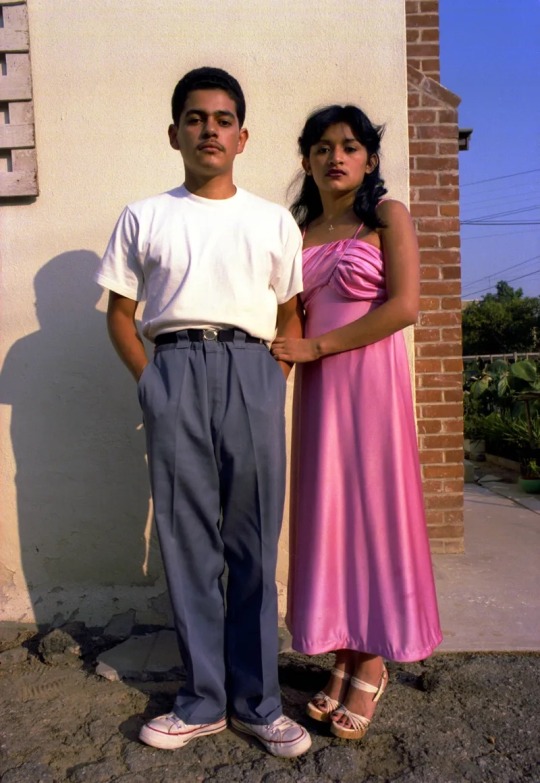
John Valadez, Couple Balam, 1978/80
#🩻#John Valadez#1970s#1980s#los angeles#chicana#chicano#east la#socal#veteranas#brown pride#photography#mexican american#xicana#west coast#history#latin american history#chicano movement#chicano art#arte latinoamericano#arte mexicano
114 notes
·
View notes
Quote
The sociological unevenness between colonial and Native American communities provided an impulse for rebellion. Many among those who had been sent to work on the colonies saw in native communities alternative modes of production and ways of life that offered a better guarantee of food and freedom. When confronted with strict and onerous work regimes in the colonies, in which subsistence was barely guaranteed, migrant workers found flight and defection to indigenous communities to be a way to resist and reassert the communality and autonomy that they had been dispossessed of in England. Thus, ‘a steady stream of English settlers’ fled colonial settlements and became ‘Anglo-Powhatans’, joining a Native American confederation ‘of small-scale societies without ownership of land, without classes, without a state’.
Alexander Anievas and Kerem Nişancıoğlu, How the West Came to Rule: The Geopolitical Origins of Capitalism
261 notes
·
View notes
Text

"Detail of farmer's blue jeans, boots and spurs. This man was once a cowboy and still prefers the cowboy's dress. Pie Town, New Mexico." Russell Lee, 1940. Library of Congress.
#1940s#1930s#cowboy#vintage#jeans#denim#boots#cowboy boots#spurs#new mexico#nm#pie town#american#clothing#retro#great depression#history#russell lee#western#old west#usa
60 notes
·
View notes
Text

Nelson boarding a captured ship, 20 November 1777 by Richard Westall
#horatio nelson#art#richard westall#age of sail#american revolutionary war#captured#ship#ships#sea#caribbean#west indies#americas#royal navy#great britain#britain#england#english#british#american#privateer#america#boat#boats#history#waves#storm#storms#lowestoffe#frigate#heroic
43 notes
·
View notes
Text
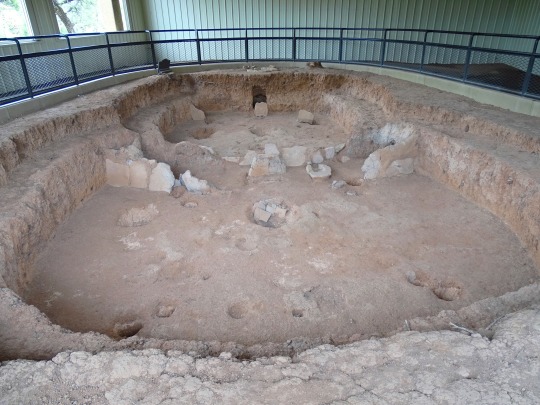
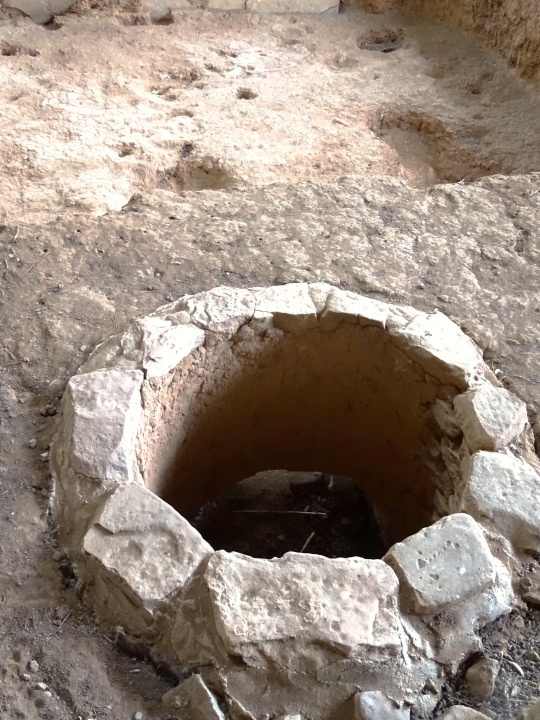


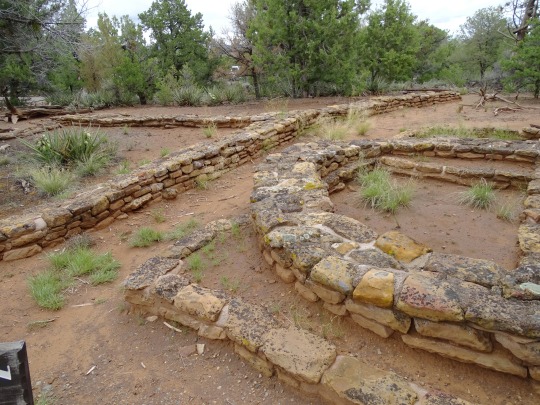

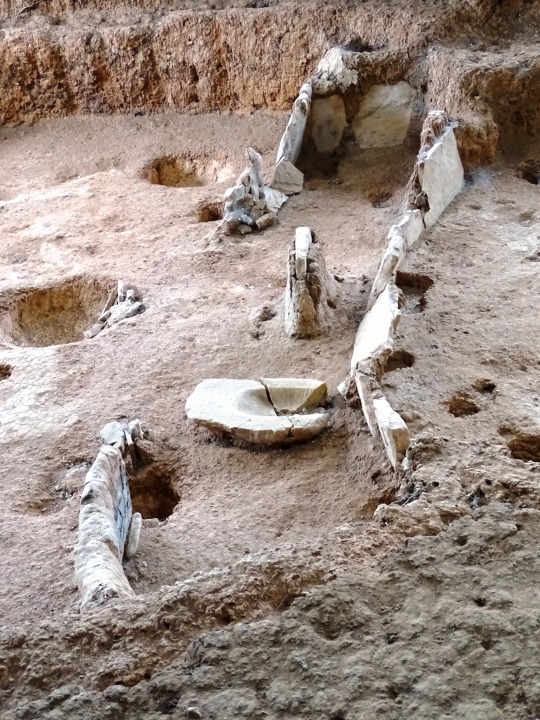


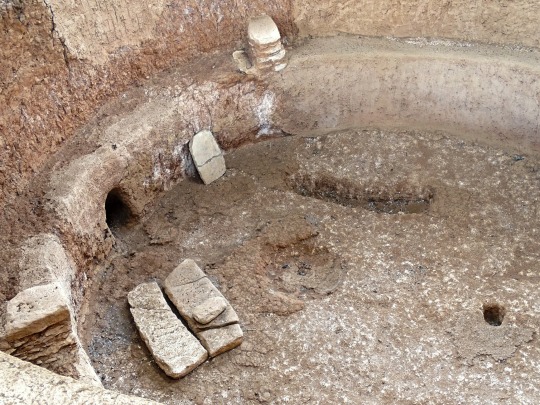

Mesa Verde National Park (No. 10)
With the introduction of corn to the Mesa Verde region c. 1000 BC and the trend away from nomadism toward permanent pithouse settlements, the Archaic Pueblonians transitioned into what archaeologists call the Basketmaker culture. Basketmaker II people are characterized by their combination of foraging and farming skills, use of the atlatl, and creation of finely woven baskets in the absence of earthen pottery. By 300, corn had become the preeminent staple of the Basketmaker II people's diet, which relied less and less on wild food sources and more on domesticated crops.
In addition to the fine basketry for which they were named, Basketmaker II people fashioned a variety of household items from plant and animal materials, including sandals, robes, pouches, mats, and blankets. They also made clay pipes and gaming pieces. Basketmaker men were relatively short and muscular, averaging less than 5.5 feet (1.7 m) tall. Their skeletal remains reveal signs of hard labor and extensive travel, including degenerative joint disease, healed fractures, and moderate anemia associated with iron deficiency. They buried their dead near or amongst their settlements, and often included luxury items as gifts, which might indicate differences in relative social status. Basketmaker II people are also known for their distinctive rock art, which can be found throughout Mesa Verde. They depicted animals and people, in both abstract and realistic forms, in single works and more elaborate panels. A common subject was the hunchbacked flute player that the Hopi call Kokopelli.
Source: Wikipedia
#Badger House Community#Wetherill Mesa#antechamber#pithouse#semi-subterranean home#Mesa Verde National Park#UNESCO World Heritage Site#Paleo-Americans#Mountain West Region#ancestral puebloan archaeological site#Montezuma County#Native American history#archaeology#ruins#tourist attraction#landmark#travel#vacation#summer 2022#Colorado#USA#original photography#flora#landscape#countryside
107 notes
·
View notes
Text
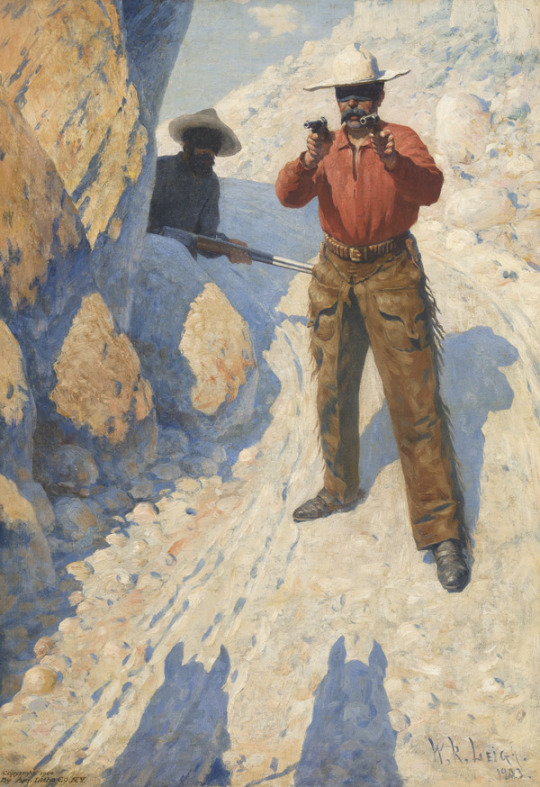
The Hold Up (The Ambush), William Robinson Leigh, 1903
#art#art history#William Robinson Leigh#genre painting#genre art#American West#Old West#Wild West#American art#Western art#20th century art#oil on canvas#Sid Richardson Museum
226 notes
·
View notes
Text

Técnica: Modelado
Provenience unknown, possibly looted
MNA
#archaeology#arqueologia#art#arte#history#historia#mesoamerica#west mexico#occidente de mexico#native american#first nations
31 notes
·
View notes
Text
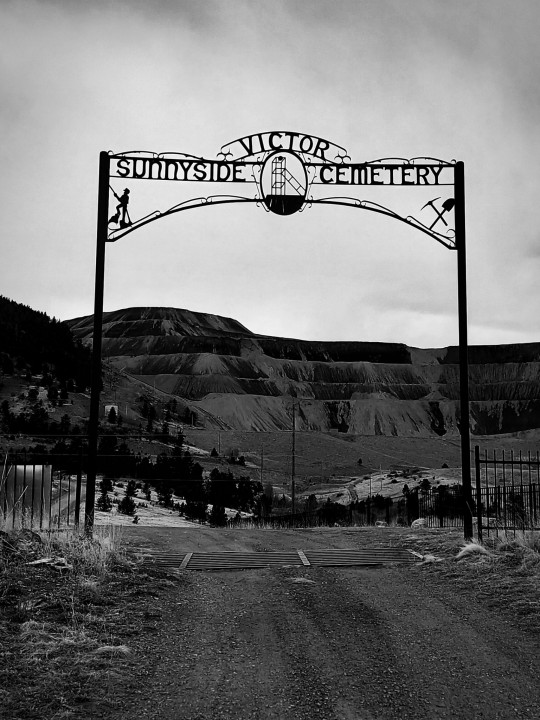

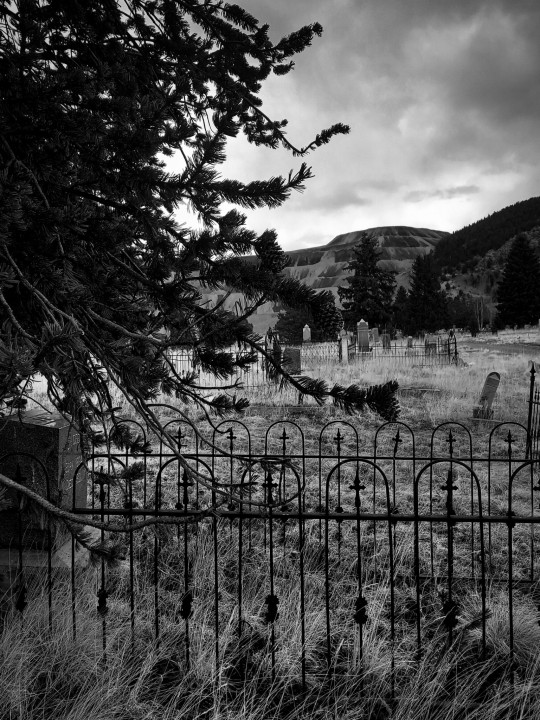


Sunnyside Cemetery, Victor, Colorado.
[Finding places where the wooden memorials are still standing is incredible!]
#colorado#photography#cell phone photography#black and white photography#cemetery photography#gravestones#headstones#american gothic#cowboy#cowboy aesthetic#old west#american history#metal#goth#there was VERY FRESH bear scat around here that made me ridiculously nervous
34 notes
·
View notes